- MegaRide
- VESevo
- Flavio Farroni
- Aleksandr Sakhnevych
- Andrea Genovese
- weaRIDE
- tyre simulation
- motorsport
- RIDEsuite
Megaride: From Academic Lab To Global Tyre Technology Innovator
- By TT News
- April 16, 2025

Led by CEO Flavio Farroni, the company has expanded into what he describes as a ‘MegaRide holding’, comprising multiple specialised businesses, each targeting different segments of the automotive technology sector.
“We embrace an unconventional approach to startup building: we invest in organic and gradual growth, which keeps us independent from private funding and allows us to reinvest our revenues into the team and R&D projects fully,” says Farroni, who co-founded the company after conducting tyre research at the university.
FROM ACADEMIA TO INDUSTRY DISRUPTOR
MegaRide’s journey represents a new technology transfer model from academia to industry. Farroni acknowledges that this transition wasn’t without challenges.
“The main leadership challenges we faced along our journey were, first and foremost, gaining acceptance for our role as researcher-entrepreneurs – researchpreneurs – both within academia and in the market. In the beginning, neither was sufficiently advanced to recognise such a new and competitive figure,” Farroni explains.
This ‘researchpreneur’ model has since become central to MegaRide’s competitive advantage. The company maintains close ties with universities and ensures a continuous pipeline of cutting-edge research that feeds into commercial applications.
“Our deep synergy with universities makes research and innovation our core mission. This allows us to explore methodologies and techniques that may not immediately apply to current products but lay the groundwork for future advancements,” explains Aleksandr Sakhnevych, MegaRide’s Chief Technology Officer.
ITALIAN TECH FIRM REVOLUTIONISES TYRE SCIENCE WITH PHYSICS-BASED SIMULATION
In a nondescript business park on the outskirts of Naples, a team of researchers-turned-entrepreneurs is quietly revolutionising how the world’s leading vehicle manufacturers and motorsport teams understand tyre performance. MegaRide, founded by academic researchers from the University of Naples Federico II, has grown from a university spinoff to one of the most innovative players in automotive simulation technology.
The company specialises in physics-based modelling software that predicts tyre behaviour with unprecedented accuracy – crucial information for both racing teams seeking competitive advantages measured in milliseconds and vehicle manufacturers designing safer, more efficient cars for everyday drivers.
THE TECHNOLOGY: DIGITAL TWINS FOR TYRES
These physics-based models simulate how tyres behave under different conditions, predicting temperature changes, grip levels and wear patterns in real time with an accuracy that was previously impossible.
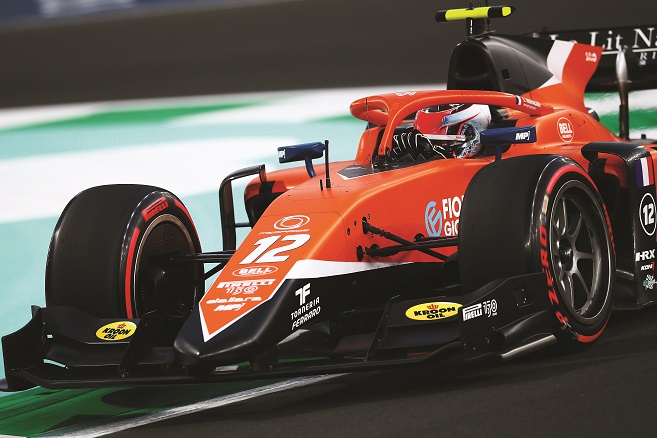
One of its most innovative products, weaRIDE, enables real-time tyre tread wear and chemical degradation simulation. This technology is particularly significant for electric vehicles, whose instant torque delivery creates new challenges for tyre durability.
“We were the first to develop a commercial thermal model for tyres, the first to create a multiphysics Pacejka-based model, and today, we are the first to introduce a wear and degradation model, weaRIDE, internationally awarded for its innovation. We try to be always a step ahead, and scientific research is our ‘secret weapon’,” Farroni says.
Sakhnevych explains that ensuring model accuracy across varied real-world conditions requires a multifaceted approach: “MegaRide ensures the accuracy and reliability of the weaRIDE model through a multifaceted approach. First, there is a continuous effort to enhance the physical fidelity of the model, leveraging a strategic synergy with universities and research institutions.”
He adds, “Additionally, a key focus is placed on improving data processing methodologies. Tyre models often face scrutiny due to the limitations in predictive accuracy, which are strongly influenced by the quality of the calibration data.”
FROM SIMULATION TO MEASUREMENT: THE VESEVO SPINOFF
In 2018, MegaRide expanded its footprint by spinning off VESevo, a company focused on developing innovative testing equipment for tyre materials. VESevo’s flagship product enables non-destructive testing of tyre compounds, providing detailed mechanical property data previously unavailable without destroying the tyre.
Andrea Genovese, CEO of VESevo, explains how the technology has evolved from its motorsport origins: “VESevo is evolving its motorsport-derived technology to enhance industrial applications, leveraging its versatility for real-time quality control in tyre manufacturing. Its non-destructive, non-invasive and rapid-testing capabilities allow each tyre to be analysed directly on the production line.”
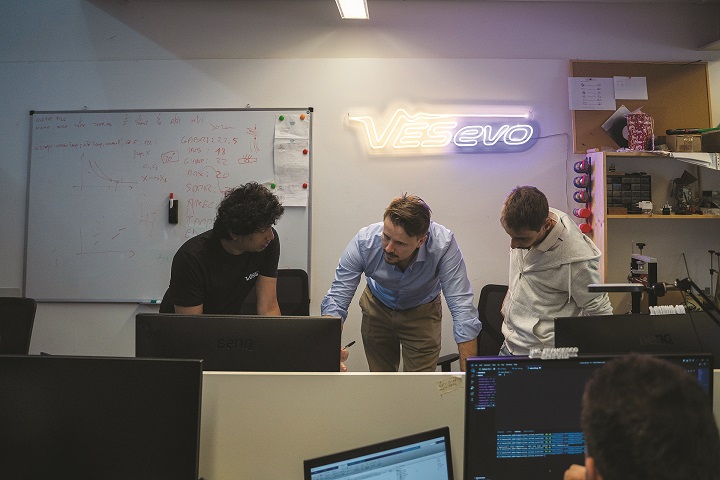
This represents a significant shift in quality control for tyre manufacturers. “This innovation enables mechanical property testing to be performed not just on a sample basis but on the entire production, guaranteeing comprehensive quality assessment,” Genovese adds.
However, VESevo has faced regulatory headwinds in motorsport, particularly after the Fédération Internationale de l’Automobile (FIA) introduced rules limiting the use of its technology in Formula 2 and Formula 3.
“Honestly, we were surprised by this regulatory change, as motorsport has always been a driving force in introducing innovations, especially when they enhance performance, spectacle and safety, benefiting all stakeholders involved,” Genovese admits.
Rather than seeing this as a setback, VESevo has focused more on industrial applications. “By broadening our reach into new applications, we are not just navigating these changes, but we are turning them into opportunities to drive innovation forward,” Genovese says.
STRATEGIC ACQUISITIONS AND GROWTH
MegaRide has augmented its technological capabilities through strategic acquisitions, including the 2022 purchase of Wriggle Solutions’ intellectual property. This acquisition bolstered MegaRide’s capabilities in real-time tyre wear monitoring.
“The acquisition of Wriggle Solutions’ intellectual property in 2022 has expanded MegaRide’s strategic line, accelerating the transition from purely simulation-based technologies to real-time, onboard vehicle sensing,” Sakhnevych explains.
This move has enabled MegaRide to develop virtual sensors that can estimate previously unmeasurable parameters like vehicle sideslip angle, tyre temperature and tread wear. These capabilities have applications for vehicle performance, safety systems and autonomous driving technologies.
MegaRide has also established key partnerships with major industry players. Its collaboration with Prometeon, an industrial tyre manufacturer, illustrates how the company’s technology is being applied beyond high-performance vehicles to commercial transport.
THE CHALLENGE OF SCALING HIGH-PERFORMANCE TECHNOLOGY
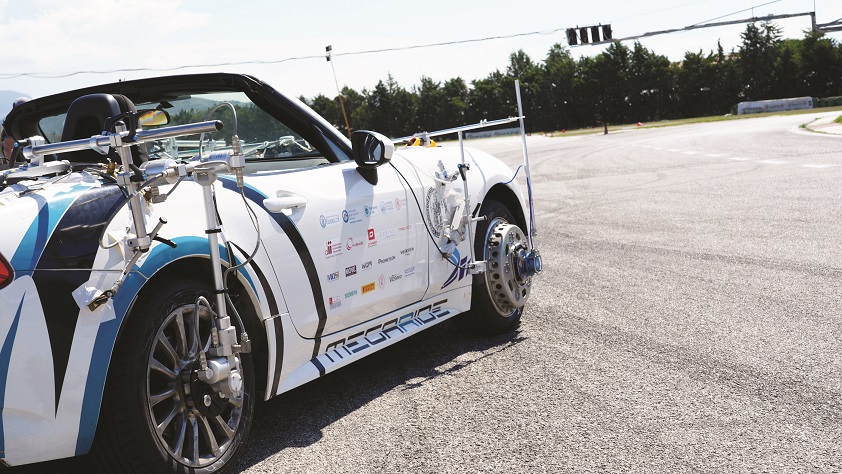
Transferring technologies developed for the extreme demands of motorsport to mass-market applications presents significant challenges. Sakhnevych outlines several hurdles: “One of the main challenges is cost, as motorsport applications rely on high-end sensors and powerful computing. To make these solutions viable for mass production, MegaRide focuses on leveraging existing vehicle sensors and optimising software to run efficiently on standard ECUs.”
He continues, “Scalability is another hurdle, as consumer vehicles operate in diverse and unpredictable conditions. Ensuring robust performance across various road surfaces and driving styles requires extensive validation and adaptive modelling.”
THE AI QUESTION
As artificial intelligence (AI) transforms industries worldwide, MegaRide maintains a measured approach to incorporating machine learning (ML) into its products. The company’s roots in physics-based modelling inform its perspective on AI’s role in tyre simulation.
“MegaRide leverages artificial intelligence and machine learning while staying true to its roots in physics-based modelling,” Sakhnevych says. “Our background in academic research, particularly in mechanical engineering, has shaped our expertise in model-based approaches."
He distinguishes their approach from purely data-driven methods: “Unlike purely data-driven methods, our approach enables prediction without extensive training datasets – simply by parametrising models using well-established physical principles.”
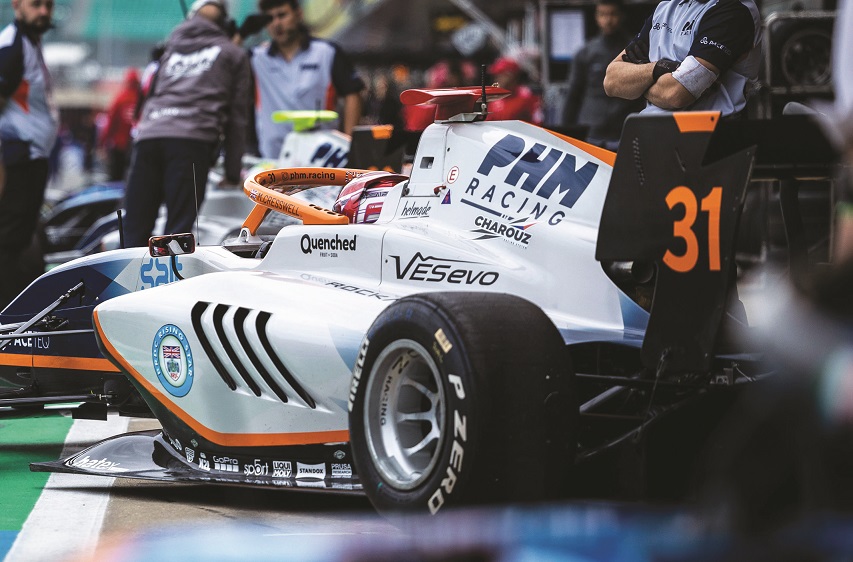
DATA SECURITY CONCERNS
As vehicles become increasingly connected, handling sensitive data securely becomes increasingly important. MegaRide has developed comprehensive approaches to data security, particularly relevant to its onboard sensing technologies.
“MegaRide addresses data privacy and security concerns in tyre technology through a robust combination of encryption, secure data management protocols and role-based access controls,” Sakhnevych explains.
COMPETITION FROM INDUSTRY GIANTS
As a small company operating in an industry dominated by global corporations, MegaRide faces significant competitive pressures. However, Sakhnevych sees advantages in the company’s nimble structure.
THE FUTURE: EXPANSION AND DIVERSIFICATION
Looking ahead, MegaRide plans to continue expanding through organic growth and the development of new ventures within its holding structure.
“The ‘MegaRide holding’ concept will allow us to diversify our strategies, expanding into various sectors we consider strategic,” Farroni explains.
“MegaRide’s models are increasingly used by OEMs, tyre manufacturers and racing teams, and the technological landscape is moving towards a greater adoption of physics-based models like ours, driven by the growing use of real-time simulations.”
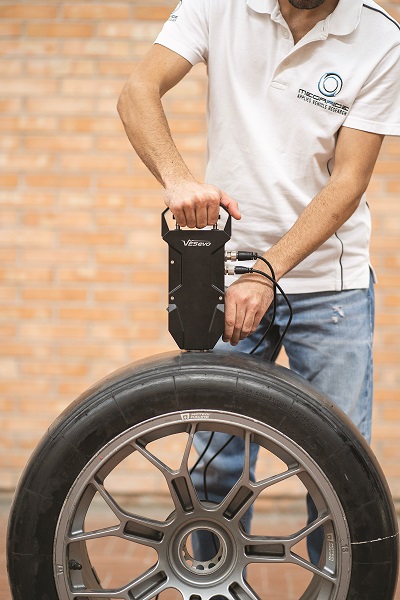 Each company within the holding structure has its strategic direction. “VESevo, originally founded to produce a portable device for motorsport, is now evolving – thanks to key strategic partnerships – into a provider of non-destructive testing solutions and quality control systems for tyres, directly integrated into production lines,” says Farroni. The newest addition, RIDEsense, targets emerging opportunities in vehicle automation. “The increasing onboard computational power of vehicles has led to the creation of a new company, RIDEsense, focused on developing ‘Virtual Sensors’ – real-time algorithms capable of estimating otherwise unmeasurable quantities and providing critical insights for ADAS and autonomous driving systems, which will be pivotal in tackling the mobility challenges of the coming years,” explains Farroni. VESevo’s Genovese describes a similar approach to balancing immediate market needs with long-term innovation: “At VESevo, balancing short-term business goals with long-term research and development is part of our DNA. As an academic spinoff from the University of Naples Federico II and an innovative company, we follow the same path that MegaRide successfully pioneered, transforming cutting-edge research into commercially viable solutions while maintaining a strong focus on technological advancement.”
Each company within the holding structure has its strategic direction. “VESevo, originally founded to produce a portable device for motorsport, is now evolving – thanks to key strategic partnerships – into a provider of non-destructive testing solutions and quality control systems for tyres, directly integrated into production lines,” says Farroni. The newest addition, RIDEsense, targets emerging opportunities in vehicle automation. “The increasing onboard computational power of vehicles has led to the creation of a new company, RIDEsense, focused on developing ‘Virtual Sensors’ – real-time algorithms capable of estimating otherwise unmeasurable quantities and providing critical insights for ADAS and autonomous driving systems, which will be pivotal in tackling the mobility challenges of the coming years,” explains Farroni. VESevo’s Genovese describes a similar approach to balancing immediate market needs with long-term innovation: “At VESevo, balancing short-term business goals with long-term research and development is part of our DNA. As an academic spinoff from the University of Naples Federico II and an innovative company, we follow the same path that MegaRide successfully pioneered, transforming cutting-edge research into commercially viable solutions while maintaining a strong focus on technological advancement.”
He elaborates on their dual-track strategy: “In the short term, we focus on delivering market-ready solutions that meet the immediate needs of our customers, particularly in motorsport and industrial applications. By working closely with teams and manufacturers, we ensure our technology provides tangible value and rapid returns, allowing us to sustain growth and reinvest in innovation.”
Meanwhile, the academic connection remains vital: “Our strong ties to the academic world allow us to act as a ‘bridge’ between research and industry. This close connection enables a constant exchange of knowledge, technology, expertise and skills, accelerating innovation while ensuring our developments translate into real-world impact,” says Genovese.
A MODEL FOR RESEARCH COMMERCIALISATION
MegaRide’s success offers a blueprint for commercialising academic research in highly technical fields. The company has carved out a unique position in the automotive technology ecosystem by maintaining close ties to academia while developing practical market applications.
The company’s ‘researchpreneur’ model provides a case study in technology transfer that may be increasingly relevant as universities worldwide seek to translate research into commercial impact. MegaRide demonstrates that deep technical expertise can be successfully paired with entrepreneurial vision when the right structures and leadership are in place.
As vehicle electrification, automation and connectivity create new challenges for tyre performance and safety, MegaRide’s physics-based approach to simulation and testing positions the company to play an increasingly important role in the future of mobility.
What began as academic research in a Naples university laboratory has evolved into a group of companies pushing the boundaries of what’s possible in understanding the complex interactions between tyres and roads – knowledge that underpins both the thrilling spectacle of motorsport and the mundane safety of everyday driving.
Nexen Tire Bags Gold Rating From EcoVadis For 2nd Consecutive Year
- By TT News
- July 15, 2025
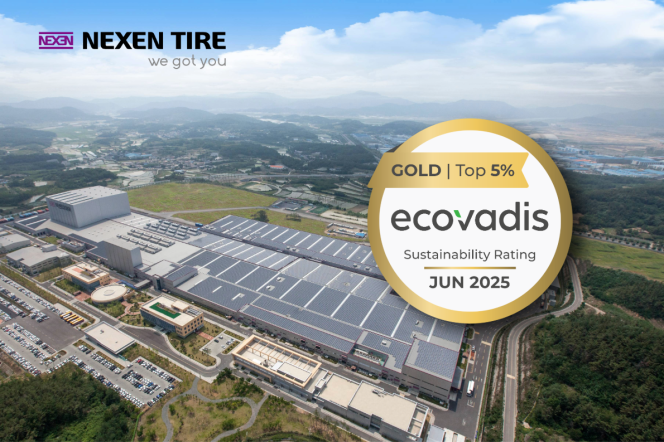
South Korean tyre major Nexen Tire has added another feather to its cap and has received a Gold rating from EcoVadis for the second year in succession. This places the company among the top 3 percent of over 150,000 companies assessed globally.
Established in 2007 in France, EcoVadis evaluates corporate sustainability performance across Environment, Labour & Human Rights, Ethics and Sustainable Procurement. Its ratings are Platinum (top 1 percent), Gold (top 5 percent), Silver (top 15 percent) and Bronze (top 35 percent).
Nexen Tire showed improvements across all assessment areas. In the Environment category, the company's involvement in global sustainability initiatives, including the Global Platform for Sustainable Natural Rubber (GPSNR), the UN Global Compact (UNGC) and the Science Based Targets initiative (SBTi) was noted. Climate education programmes and greenhouse gas emissions disclosure were contributors.
For Labour & Human Rights, Nexen Tire's human rights policy aligns with international standards from the United Nations and the International Labour Organization (ILO). The company also began human rights assessments for risk management.
In the Ethics pillar, the company reinforced internal systems for risk prevention, monitoring, and mitigation. The Sustainable Procurement score improved through ESG assessments, supplier audits and risk response strategies.
John Bosco (Hyeon Suk) Kim, CEO, Nexen Tire, said, “Receiving the Gold rating from EcoVadis for the second consecutive year is a significant affirmation of our global ESG efforts. We remain committed to responsible and transparent management practices that meet the expectations of our stakeholders worldwide.”
TÜV SÜD Appoints Ishan Palit As Interim CEO During Leadership Transition
- By TT News
- July 11, 2025
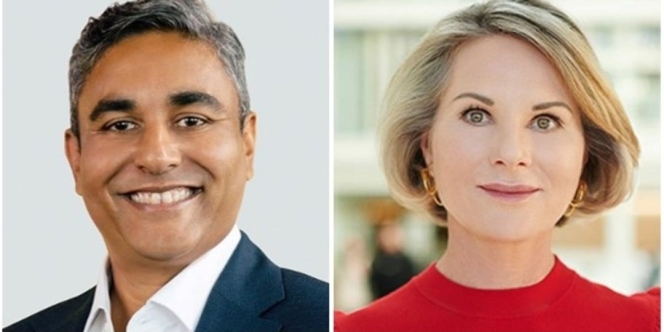
TÜV SÜD AG’s Supervisory Board has named Ishan Palit as Interim CEO (Chairman of the Board of Management) effective 15 July 2025, following Dr Johannes Bussmann’s departure to assume the CEO role at MTU Aero Engines AG. Bussmann will leave TÜV SÜD on 14 July 2025. Palit will co-lead the company with CFO Sabine Nitzsche until a permanent successor is appointed.
With over 30 years at TÜV SÜD, Palit has held key leadership roles, including establishing the company’s India operations, serving as Asia Pacific CEO and leading the global Product Service Division. Since 2017, he has been Chief Operating Officer, driving strategic and operational initiatives.
Nitzsche, who joined as CFO in March 2025, brings extensive financial and executive expertise from the high-tech and automotive sectors. Her prior roles include CFO of Vitesco Technologies AG and senior financial leadership positions at Infineon Technologies and GlobalFoundries.
Frank Hyldmar, Chairman of the Supervisory Board of TÜV SÜD AG, said, “We are very pleased that Ishan and Sabine will oversee the interim management of TÜV SÜD during this transition. Ishan is a seasoned TÜV SÜD senior executive with deep knowledge of our business and strong global leadership experience. Sabine brings a proven track record as CFO across multiple multinational enterprises. Together, they form a strong leadership team as we work towards appointing a long-term CEO.”
Hankook Tire Rejigs North American Sales And Marketing Team
- By TT News
- July 09, 2025
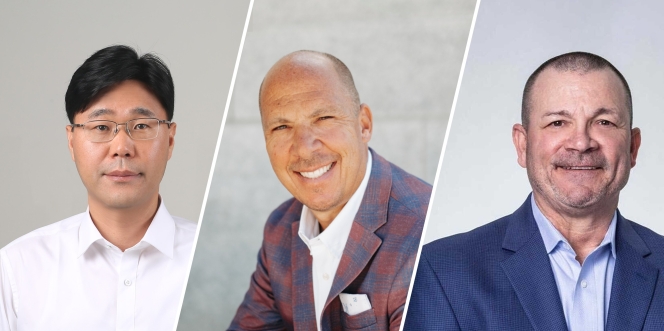
Hankook Tire & Technology has announced a series of executive leadership changes at its North American headquarters in Nashville, reinforcing its commitment to growth in passenger and commercial tyre markets. The restructuring brings fresh leadership across key sales and marketing functions.
Kyuwang (Ken) Cho assumes the role of Senior Vice President of North America Marketing, transitioning from his previous dual leadership of PC/LT Sales and Marketing. The industry veteran brings 25 years of Hankook experience, including a stint as Vice President of Global Sales in Korea. K C Jensen steps up as Vice President of US PC/LT Sales, expanding his responsibilities from regional to national oversight after demonstrating strong leadership in the Western market since 2018.
The company welcomes back Mark Roe as Vice President of US TBR Sales, where his four decades of commercial tyre expertise will guide replacement and OE sales strategies. Roe's extensive background includes previous leadership roles at Hankook and most recently at Ralson Tire North America.
Regional sales teams also see strategic promotions. Shaun Prott advances to Regional Director of PC/LT Sales for the West, building on his eight-year tenure with Hankook and prior experience with National Tire Warehouse. Travis Jones rejoins the organisation as Northeast Regional Director, bringing valuable perspective from Michelin and Pirelli. Brian Ford earns promotion to Regional Director of TBR Sales for the West after successfully managing key commercial accounts since 2021.
Rob Williams, President of Hankook Tire America Corp, said, "These leadership appointments reflect Hankook's strong momentum in North America. Ken, K.C. and Mark each bring exceptional industry experience, strategic focus and leadership qualities to their roles. Together, they will help elevate our presence across both consumer and commercial channels, and support our long-term growth ambitions in the US. These moves speak to the strength of our internal talent pipeline & ability to attract top talent and our continued investment in customer relationships. Shaun, Travis and Brian all bring deep knowledge of their markets and proven ability to grow key partnerships."
Michelin X Line Grip D Tyre Promises Range Of Upto 1 Million Miles & Upto 4 Retreads
- By TT News
- July 08, 2025
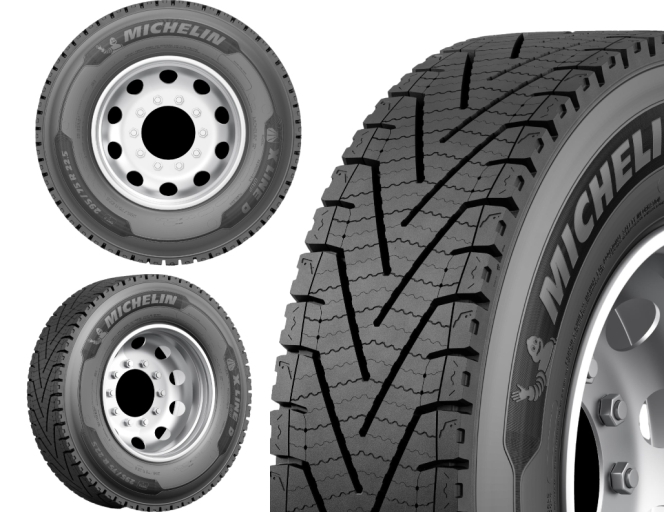
French tyre major Michelin has introduced its new X Line Grip D range, which is designed to work up to 1 million miles (1.6 million kilometres) with up to four retreads. The company shared its designers' claim that this is a ‘once-in-a-lifetime’ leap in tyre technology for fleets.
In addition to the higher range, the tyres also provide 20 percent more mileage and a 20 percent reduction in rolling resistance compared to the Michelin XDN2 tyre.
Designed to meet both wet and snowy conditions thanks to the chevron tread design, these tyres are said to prove 90 percent better starting traction in snow and over 25 percent better wet starting traction.
Fleets also benefit from using the Michelin X Line Grip D tyre, as it is built on the company’s Duracore casing, featuring Infinicoil and Powercoil technologies.
Pierluigi Cumo, VP – B2B Marketing, Michelin North America, said, “Michelin is never satisfied with current tyre technology when it comes to constantly improving and innovating our products. That’s why Michelin is so proud to introduce the Michelin X Line Grip D tyre. This tyre has the potential going forward to redefine the drive tyre standard in fleets for years to come. It is not an evolution to existing products, but something entirely different the fleet world has never seen before.”
“Michelin has a proven track record of delivering high-quality, reliable products that exceed performance expectations. This fantastic leap in drive tyre technology bring new levels of performance to the road and new levels of savings to our customers,” he concluded.
The Michelin X Line Grip D tyre is available in sizes 295/75R22.5 and 11R22.5.


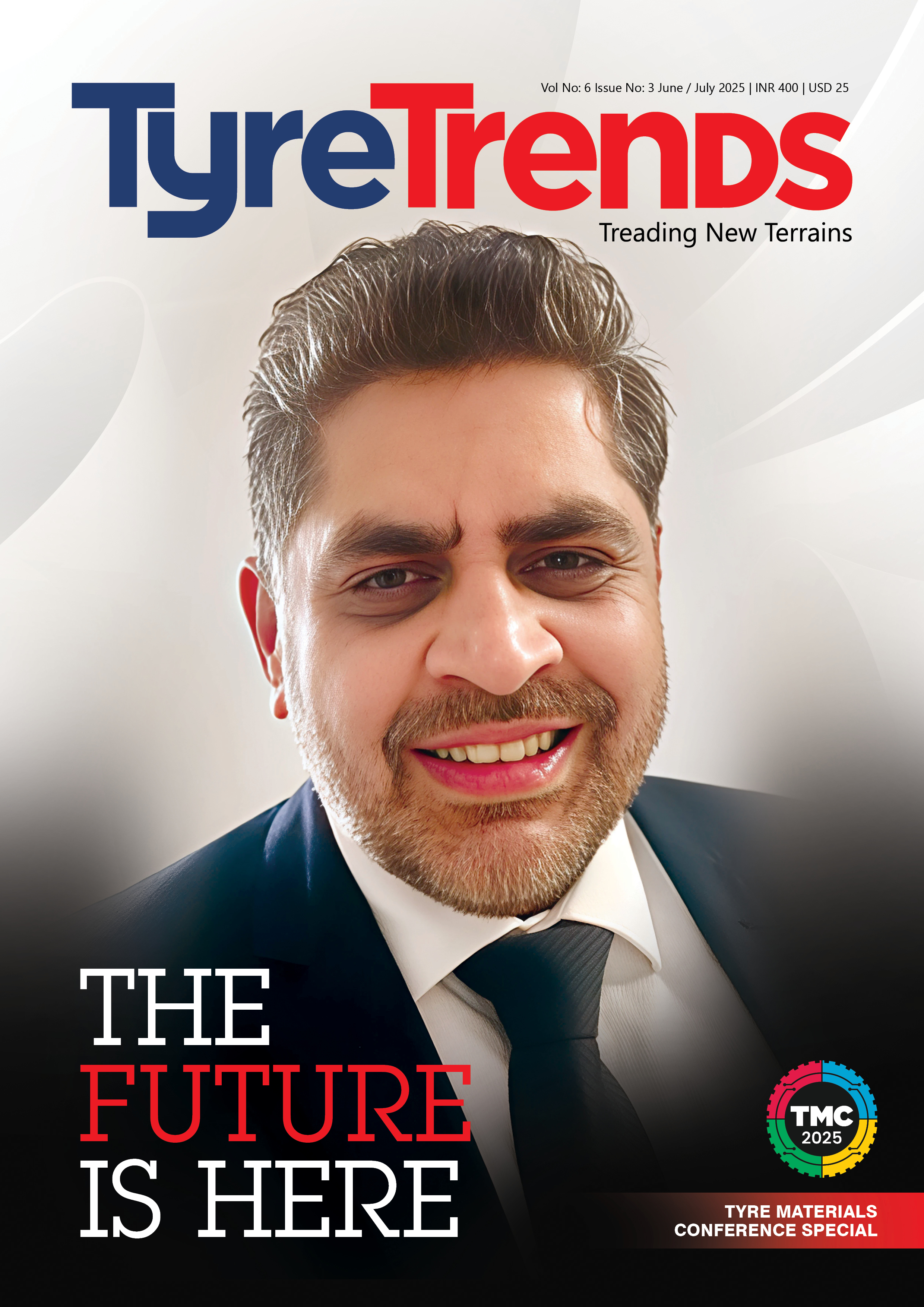
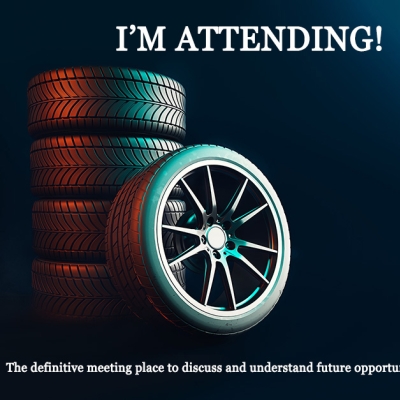
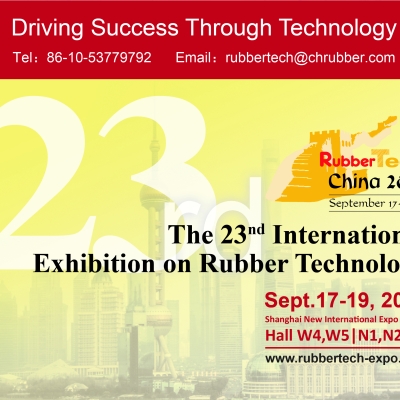
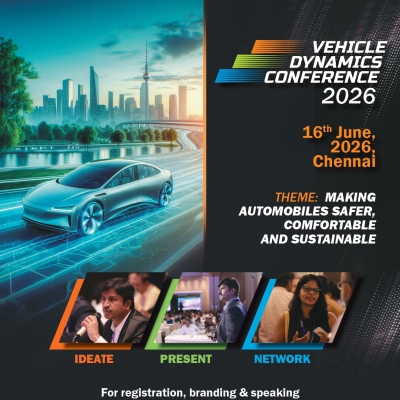
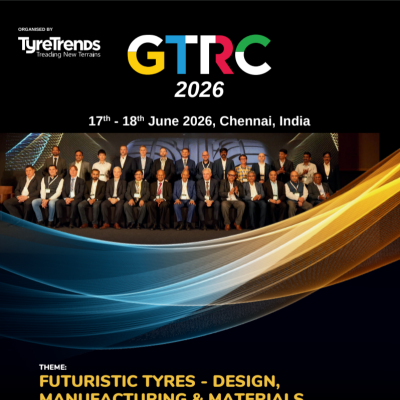
Comments (0)
ADD COMMENT